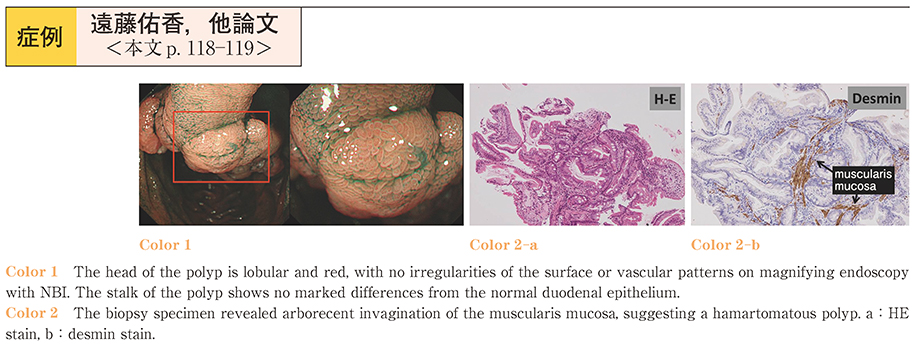-
遠藤 佑香
がん・感染症センター都立駒込病院/消化器内科
-
藤原 崇
がん・感染症センター都立駒込病院/消化器内科
-
林 星舟
がん・感染症センター都立駒込病院/肝臓内科
-
小泉 理美
がん・感染症センター都立駒込病院/消化器内科
-
千葉 和朗
がん・感染症センター都立駒込病院/消化器内科
-
岩崎 将
がん・感染症センター都立駒込病院/消化器内科
-
來間 佐和子
がん・感染症センター都立駒込病院/消化器内科
-
桑田 剛
がん・感染症センター都立駒込病院/消化器内科
-
江頭 秀人
がん・感染症センター都立駒込病院/消化器内科
-
小泉 浩一
がん・感染症センター都立駒込病院/消化器内科
-
神澤 輝実
がん・感染症センター都立駒込病院/消化器内科
-
田畑 拓久
がん・感染症センター都立駒込病院/内視鏡科
-
藤原 純子
がん・感染症センター都立駒込病院/内視鏡科
-
荒川 丈夫
がん・感染症センター都立駒込病院/内視鏡科
-
門馬 久美子
がん・感染症センター都立駒込病院/内視鏡科
-
堀口 慎一郎
がん・感染症センター都立駒込病院/病理科
2014 年 84 巻 1 号 p. 118-119
- 発行日: 2014/06/14 受付日: - J-STAGE公開日: 2014/06/21 受理日: - 早期公開日: - 改訂日: -
(EndNote、Reference Manager、ProCite、RefWorksとの互換性あり)
(BibDesk、LaTeXとの互換性あり)


